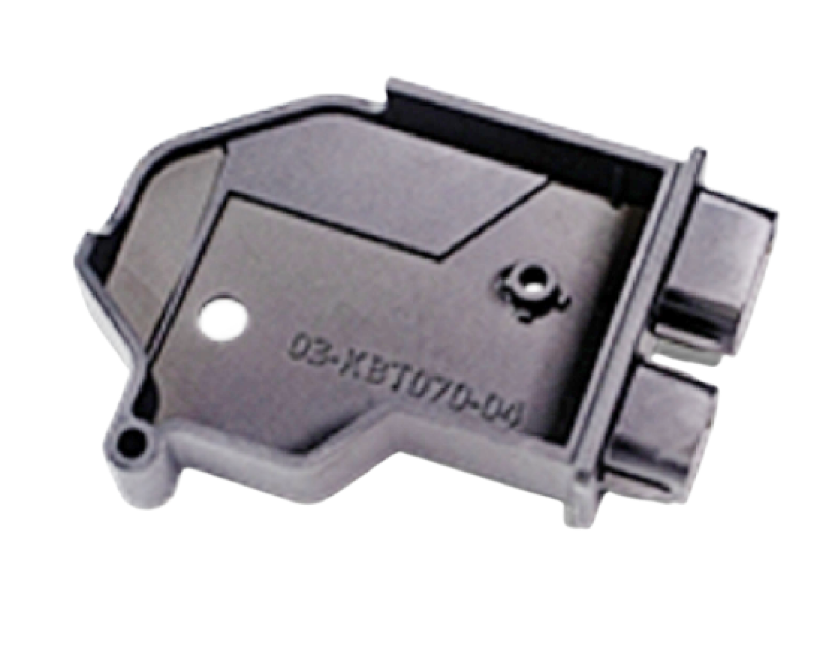FIGURE 4 FLEX-BLK 20
A material that has been optimised for the fabrication of sacrificial tooling for the casting of silicone and other materials such as metals and ceramics.
BUY GET A QUOTE
FIGURE 4 FLEX-BLK 20
A material that has been optimised for the fabrication of sacrificial tooling for the casting of silicone and other materials such as metals and ceramics.
BUY GET A QUOTE
















